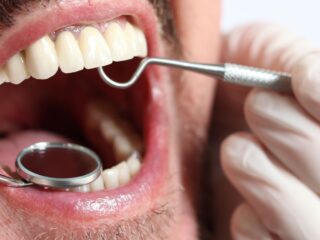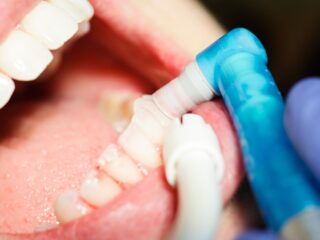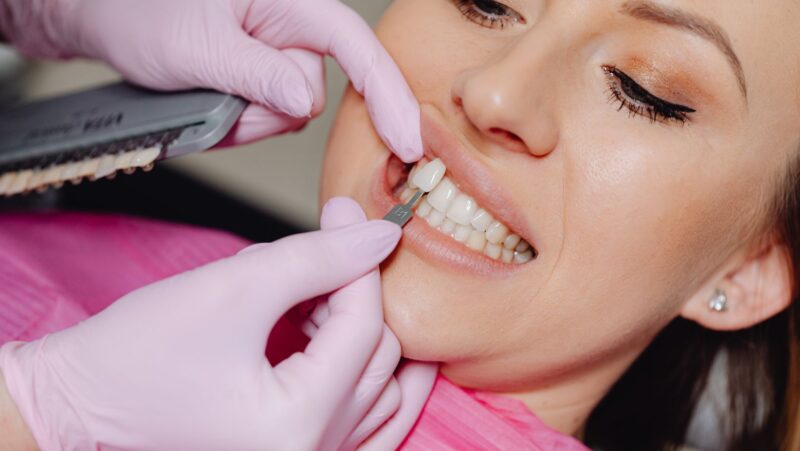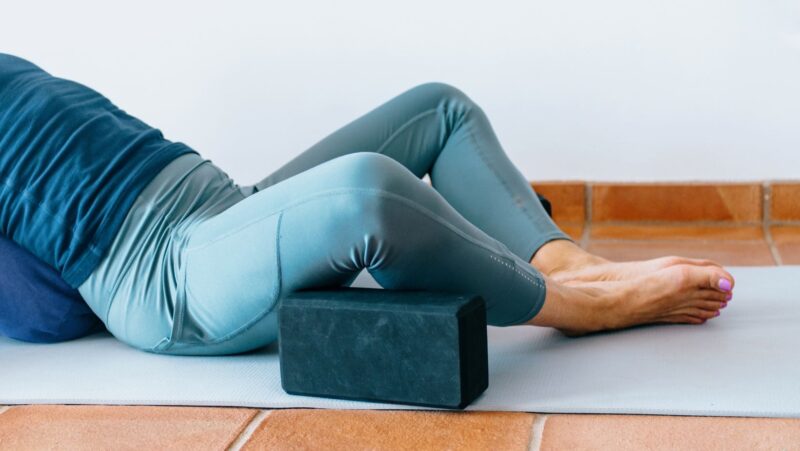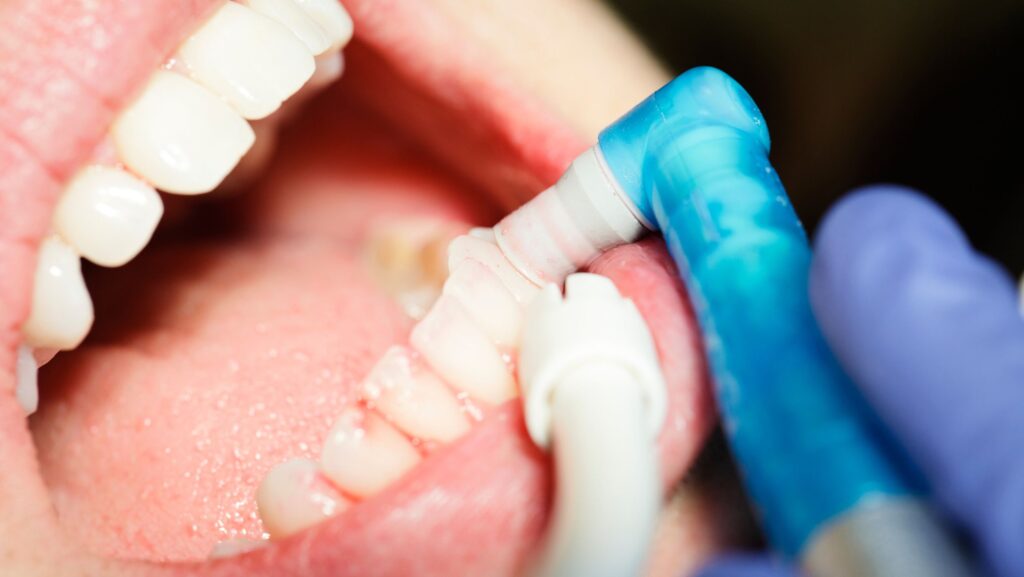
Going to the dentist for your annual cleaning can be stressful. It’s not uncommon to feel anxiety or shame around your oral health. However, regular dental cleanings can help you avoid nasty infections associated with periodontal disease. Also known as gum disease, this common oral condition can cause various issues for your teeth, gums, and bones, especially if it’s not treated promptly. Fortunately, with proper care and resources, regular dental cleanings can help prevent infections and manage symptoms.
What is periodontal disease?
Simply put, periodontal disease is an infection of the gums and supporting structures around your teeth. When in its early stages, known as gingivitis, the infection can cause inflammation and irritation around the teeth.1 However, if not treated, the infection can progress to periodontitis. At this stage, the bone and connective tissues surrounding the teeth may begin to be affected, leading to bone loss and the formation of pockets between the teeth and gums. At the most advanced stages, one or more teeth may need to be removed.
How do cleanings help?
Think of your regular dental cleaning as an annual physical for your teeth. It’s a chance for your dentist to review your oral health outside of an emergency situation. Using several techniques and tools, they can diagnose and begin the periodontal disease treatment process if they suspect signs of gum disease.
Removing tartar and plaque
One of the biggest culprits behind gum disease is tartar and plaque. This refers to food debris and bacteria that become stuck on, near, and in between your teeth as you go about your day. While brushing and flossing can help eliminate tartar and plaque, you might not be able to reach all of it during your morning and nightly oral hygiene routine alone. The bacteria in tartar and plaque can spread to your gums, causing periodontal disease.
During a routine cleaning, a dentist will use specialized tools to remove buildup, especially near the gums. It may feel a little uncomfortable, but it’s one of the best ways to stay ahead of gum disease.
Taking X-rays
As periodontal disease can affect the sensitive bone in your jaw, it’s important for your dentist to get a clear picture of your bone health. They may perform a series of X-rays during your cleaning to examine the inside of your teeth. Even if you don’t have any pain, they may be able to see trouble spots forming, allowing them to begin treatment before things advance to periodontitis.
What happens if I skip my cleaning?
Most dental professionals recommend receiving regular dental cleanings every six months to maintain good oral health. Without this regular check-up, you may be at a higher risk of developing gum disease symptoms.
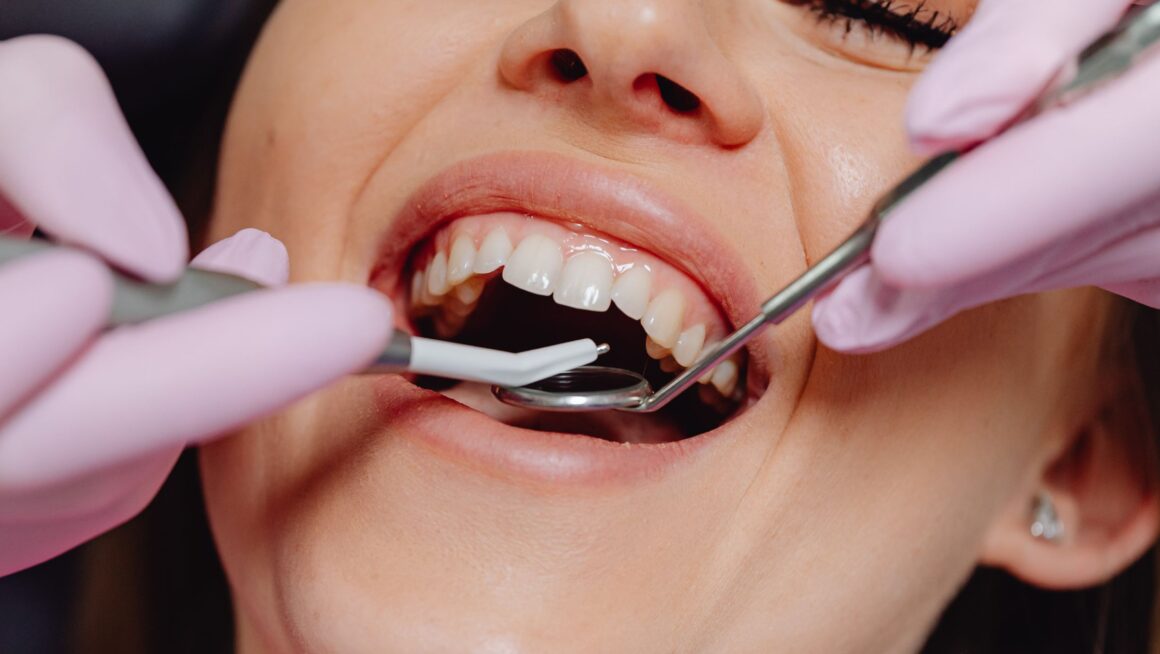
This can include:
- Swollen or tender gums that bleed when brushing or flossing
- Regular bad breath or taste that won’t go away
- Loose or wiggly teeth
- Pus along your gums or other parts of your mouth
The bacteria buildup in your mouth can even spread to other parts of your body, leading to further complications and more intense treatment.
Do I need a deep cleaning instead of a regular cleaning?
If the dentist detects evidence of a more serious infection during your annual exam, they may recommend a more thorough cleaning. Known as “scaling and root planning,” this cleaning goes deeper under your gums to help remove bacteria from the roots of your teeth. This may occur during your regular cleaning, or your dentist may suggest an additional appointment for the procedure.
Supporting your cleanings with good oral hygiene
While regular dental cleanings help treat and manage periodontal disease, they’re not a magic solution. Staying on top of your oral hygiene is the best way to stave off gum disease and keep your mouth looking and feeling fresh. Some ways to support your oral health include:
- Brushing twice a day in the morning and night
- Flossing to remove food stuck between your teeth
- Maintain a balanced diet with vitamins and minerals that promote healthy teeth
- Avoid smoking or tobacco products
Book your next cleaning today
By attending your regularly scheduled dental cleanings, you can avoid the symptoms of gum disease getting out of hand. If you feel any discomfort or pain, make sure to let your dentist know as soon as possible so you can find the relief you deserve.


